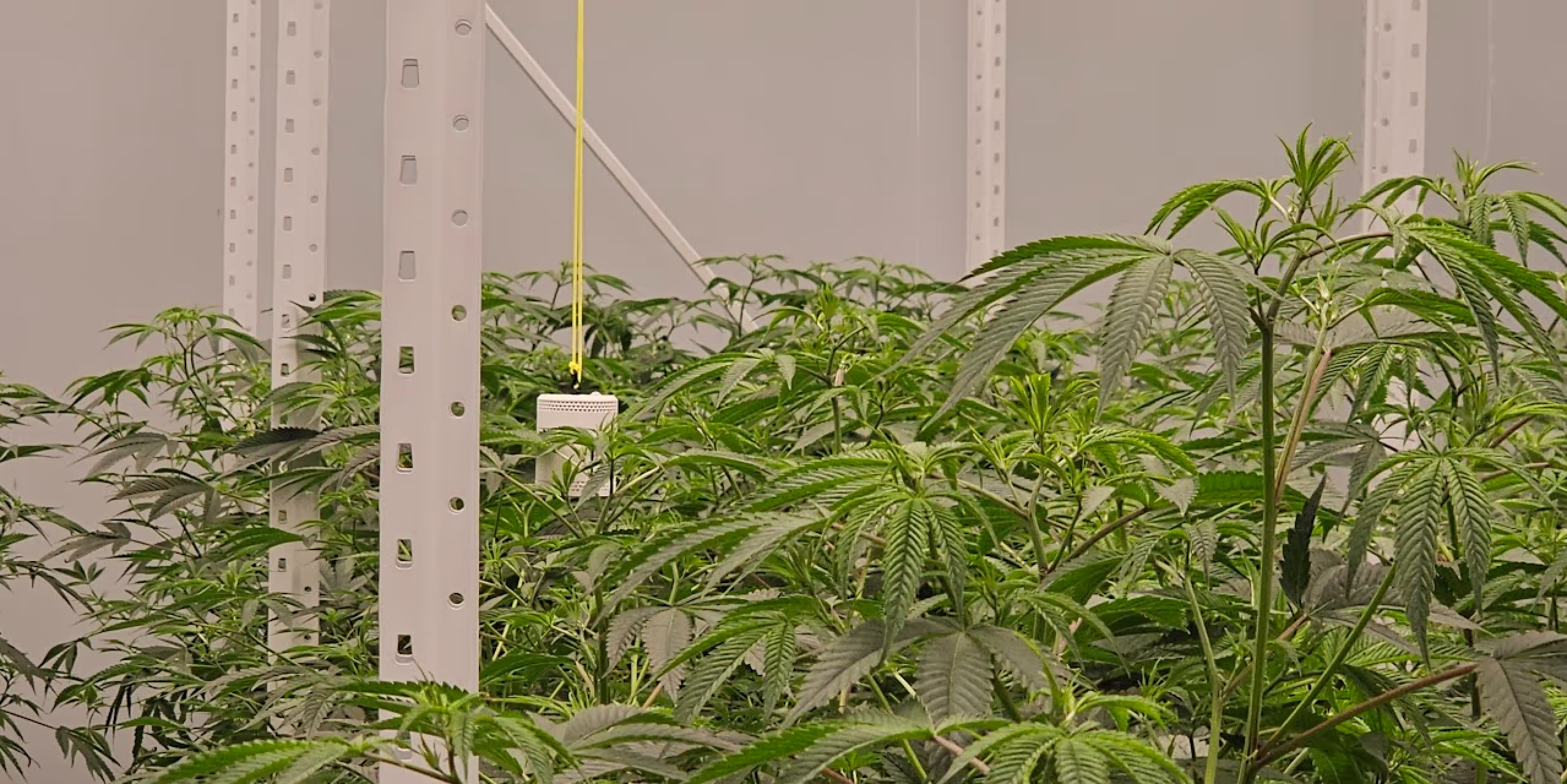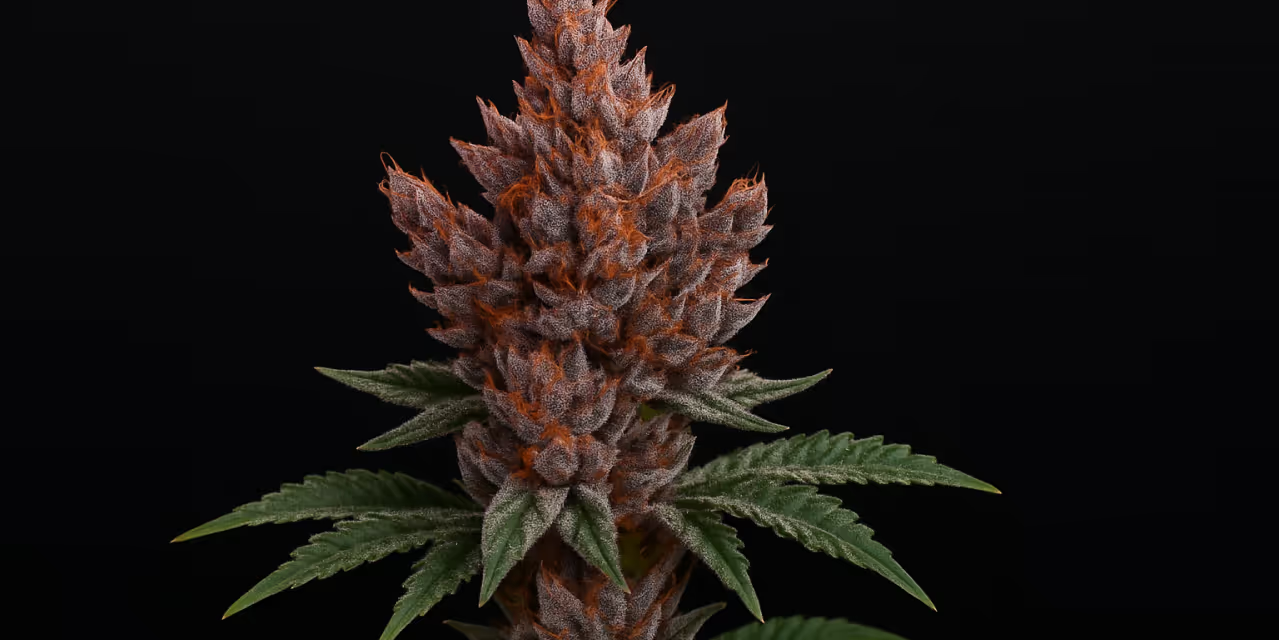Autoflower vs feminised: Pros and cons explained


Struggling to decide between autoflower and feminised seeds?
Choosing the right types of cannabis seeds can make or break your grow. You risk poor yields and wasted time if you don't make the right choice. This post has the solutions you need!
In this post, we’ll explore the key differences, pros, and cons of each type. You'll learn which seeds are best for your specific needs and why. With expert insights, we’ll guide you to make an informed decision for a successful grow.
Disclaimer: Any information given on this site is for educational purposes only. Please ensure if you’re growing cannabis, you’re doing so by the law and subject to appropriate permissions and licenses of the applicable country.
Understanding cannabis seed types
What are the main differences between feminised and autoflowering seeds?
Firstly, cannabis seeds come in various types, but the main categories are photoperiod and autoflowering.
Photoperiod plants need a specific light cycle to transition from the vegetative stage to the flowering period. Typically, they require about 12 hours of light and 12 hours of darkness to start flowering.
Autoflowering plants, on the other hand, don’t rely on light cycles to flower. Autoflowers are a product of crossing sativa or indica strains with Ruderalis genetics.
They start flowering automatically after a certain period, usually within 2-4 weeks from germination. This characteristic makes them quite different from photoperiod plants and often easier to grow.
Both photoperiod and autoflowering plants can be feminised.

What are feminised seeds?
Feminised seeds are bred to produce only female cannabis plants, which produce buds.
This means that feminised seeds that produce female plants are popular among growers, ensuring that their efforts result in a bountiful harvest of buds.
Growing feminised seeds removes the guesswork compared to regular seeds, which have a 50/50 chance of producing male or female plants.
This means you won’t have to worry about identifying and removing male plants, which don’t produce buds and can pollinate females, leading to seeds instead of female flowers.
Enhance your growing skills – subscribe to the Grow The Best newsletter today!

Autoflower vs feminised seeds
When comparing autoflower vs feminised seeds, it’s important to understand that you can have feminised autoflowering seeds or feminised photoperiod seeds.
The key difference lies in how they grow and their specific requirements.
Pros of autoflowering seeds
Autoflowering seeds have several advantages, making them a popular choice for many growers:
- No need for light cycle management: Autoflowers don’t rely on light cycles to flower, simplifying the growing process.
- Less feeding and care: They generally require less feeding and are easier to manage.
- Less susceptible to stress: Autoflowers are more resistant to environmental stress.
- Affordable: Autoflowering seeds tend to be more budget-friendly.
- Smaller size: They typically grow smaller, making them ideal for limited spaces.
- Great for beginners: Their hardy genetics, resilience and simplicity make them perfect for less experienced growers.
- Fast growth: Autoflowers have a shorter life cycle, allowing you to harvest more quickly.
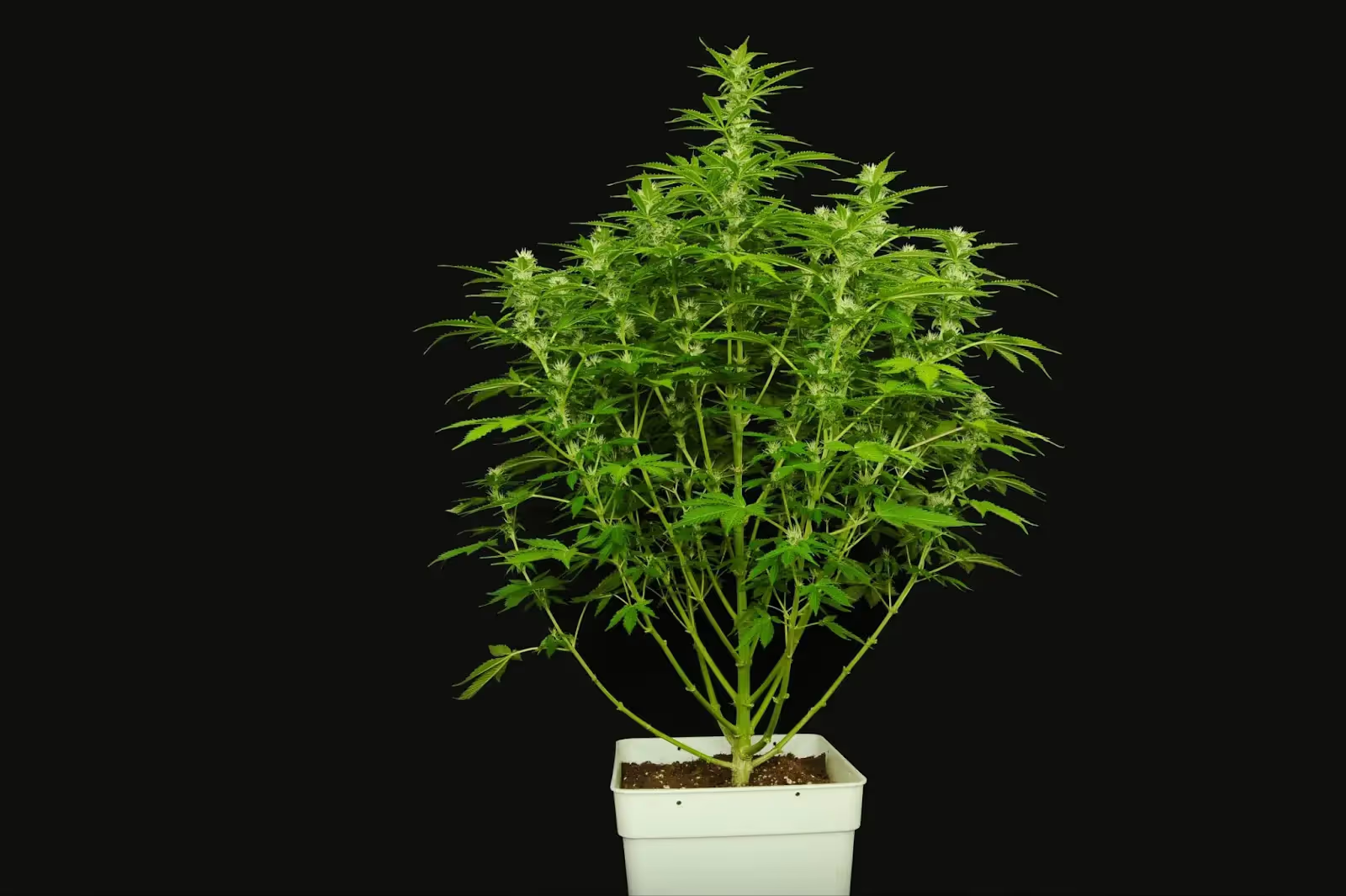
Pros of feminised cannabis seeds
Feminised cannabis seeds offer their own set of benefits:
- Versatility: Feminised seeds can be either autoflowering or photoperiod.
- Potential for larger plants: If you choose feminised photoperiod seeds, you can grow larger plants with bigger yields.
- Larger harvests: Photoperiod feminised plants often produce larger harvests with more resinous flowers.
- Variety and cloning: There’s more variety available, and you can take clones from feminised plants.
- Control over growth cycle: You can manage the growth cycle by controlling the light schedule.

Regular cannabis seeds
Normal seeds that produce standard photoperiod plants have their own characteristics and considerations:
- 50/50 male-female ratio: With regular seeds, you have a 50/50 chance of getting male or female plants.
- Male plant identification: It’s crucial to identify male cannabis plants around week 5 to prevent pollination.
- Hermaphroditism: Regular seeds are less susceptible to becoming hermaphrodites compared to feminised seeds.
- Widest seed choice: Regular seeds offer the broadest selection of strains.
- Higher risk, higher reward: Growing more plants to ensure a certain number of females can be risky but rewarding.
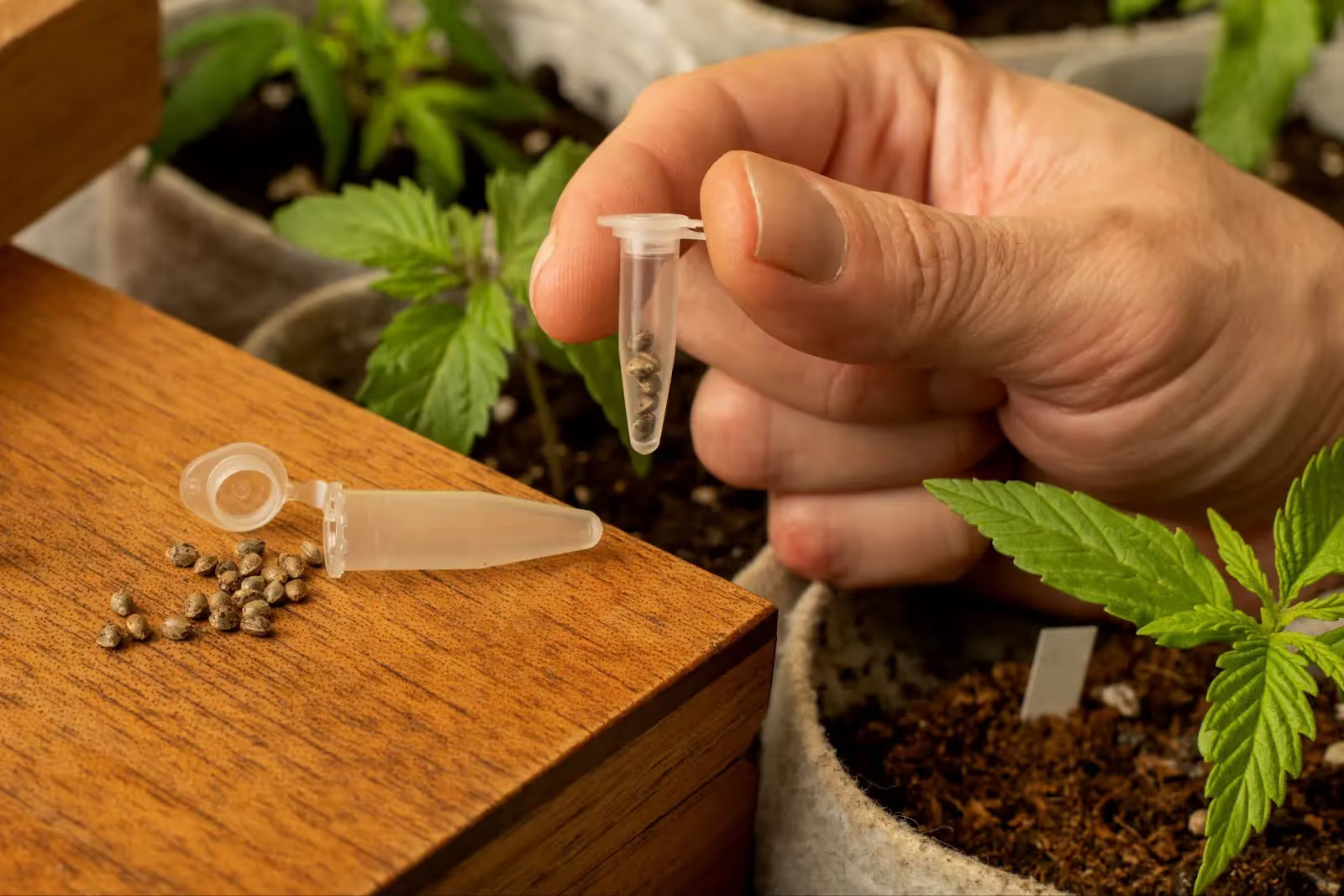
Choosing the right seeds for your grow
When deciding between autoflower and feminised, consider the following factors:
- Space and environment: Autoflowers are ideal for limited space and can thrive in both indoor grow environments and outdoors. Feminised photoperiod plants might need more room to grow.
- Experience level: Autoflowers are great for beginners due to their resilience and ease of growth. Feminised seeds might require more attention, especially if they are photoperiod.
- Desired yield and potency: If you’re looking for larger yields and possibly higher potency, feminised photoperiod plants might be the better choice.
Yield and potency
Autoflower vs feminised yield potential is a common consideration for growers.
Feminised photoperiod plants generally produce larger yields compared to autoflowers. This is because autos tend to grow dense foliage and fewer buds. However, autoflowers can still provide a decent harvest, especially given their faster growth cycle.
When it comes to autoflower vs feminised potency, photoperiod feminised plants often offer maximum potency with higher THC levels and more intense flavours due to their more extended growth period.
Autoflowers have improved significantly in recent years, and many modern autoflower strains offer competitive potency and flavour.
Time and life cycle
Autoflower/feminised time to flower is another important factor. Autoflowers have a shorter life cycle, with seed to harvest usually around 10-13 weeks from germination. This quick turnaround is perfect for growers looking for fast results.
Feminised photoperiod plants take longer to grow, often requiring several months to complete their vegetative and flowering stages. This longer life cycle can result in larger plants and higher yields.
Discover the best growing tips – sign up for the Grow The Best newsletter!

Practical tips for growing
To make the most of your growing experience, consider these tips:
- Autoflowering cannabis seeds: Provide consistent light and moderate feeding. They don’t need a specific light schedule, making them easier to manage.
- Feminised plants: If you are growing photoperiod plants, pay attention to light schedules. Feminised plants require careful management of environmental factors such as temperature, humidity, VPD, CO2, DLI, and PPFD. You also need to manage feeding and stress carefully to maximise yield.
- Managing light schedules: For photoperiod plants, ensure they get the required hours of light and darkness. Typically, 18 hours of light are needed for vegetative growth, and 12 hours of light are needed for flowering.
- Environmental stress: Both types can suffer from stress, but autoflowers are generally more resilient. Maintain a stable environment to avoid issues.
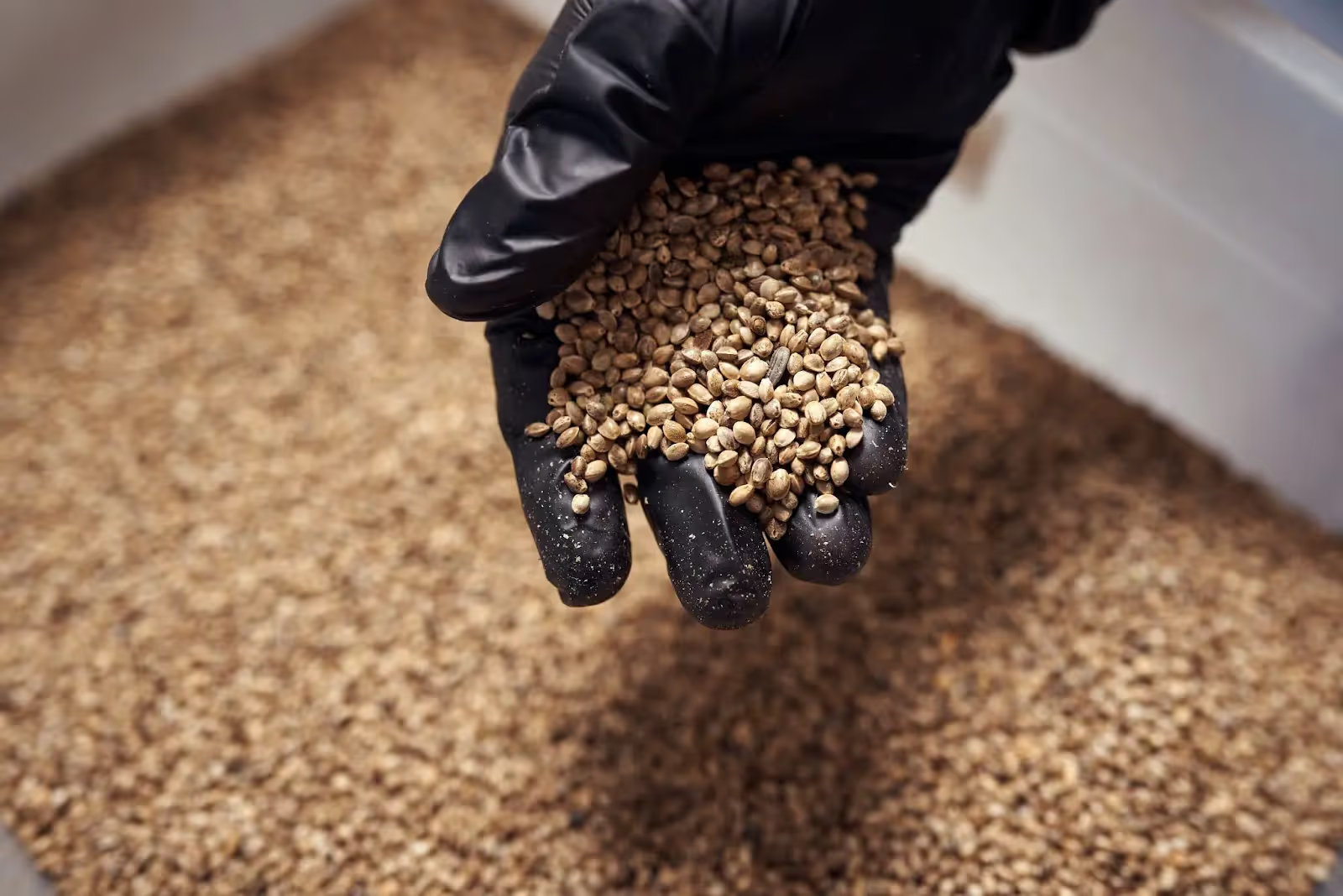
Takeaways
For most growers, choosing between autoflower and feminised seeds depends on your growing conditions, experience level, and goals.
Autoflowers are great for beginners and those seeking a quick, hassle-free cannabis crop. They require less maintenance, flower automatically, and are resilient to environmental stress.
Feminised seeds, especially photoperiod ones, offer more control and potential for larger harvests but require more attention and care. They need a precise light cycle and are more suited for experienced growers looking for higher yields and more variety in strains.
Ultimately, understanding the characteristics of each seed type will help you achieve the best results in your cannabis cultivation journey.
Happy growing!
FAQs
Can you get autoflowering cannabis seeds that aren’t feminised?
Yes, you can get autoflowering seeds that aren’t feminised. These are known as regular autoflower seeds and have a 50/50 chance of producing a male or female cannabis plant.
While most autoflowering cannabis seeds on the market are feminised to ensure a higher yield of buds, regular autoflower seeds are available for those who prefer traditional breeding methods or want to produce their own seeds.
Growing regular autoflowers means you must identify and remove males to prevent pollination.
Which is better, feminised vs autoflowering?
Choosing between feminised cannabis seeds and auto flowering seeds depends on your growing needs.
A feminised seed guarantees female plants, ensuring higher yields and no need to identify male plants. They offer more variety and the potential for cloning.
If you choose feminised photoperiod strains, they can grow larger and produce bigger harvests, but they require a strict light cycle and are more susceptible to environmental stress. Feminised seeds require a higher degree of care.
Autoflowering seeds, on the other hand, are perfect for beginners and those with limited space. They flower automatically, regardless of light schedule, and are more stress-resistant.
They also require less feeding and care. Autoflowers grow faster, allowing for multiple harvests within a single growing season.
While they might yield less and have slightly lower potency compared to feminised photoperiod plants, modern autoflowering strains have significantly improved.
Ultimately, when it comes to autoflowering vs feminised seeds, if you seek simplicity and speed, go for auto seeds. If you want larger yields and more control, feminised seeds are the way to go.
What are the disadvantages of autoflower seeds?
While autoflower seeds have many benefits, they also come with some disadvantages. One major drawback is their typically smaller yield compared to feminised photoperiod plants.
Due to their shorter life cycle, autoflowers don’t have as much time to develop large buds, resulting in fewer flowers.
Autoflowering strains may also have lower potency and less intense flavours than their photoperiod counterparts.
Although modern autoflowering cannabis seeds have improved, they still might not reach the same THC levels as feminised strains.
Another disadvantage is the inability to control the flowering stage. Autoflowers start flowering automatically, so you can’t extend the vegetative phase to allow for more growth. This limits your ability to train and shape the plants for maximum yields.
Additionally, because autoflowers grow quickly, they can be less forgiving of mistakes.
Environmental stress, improper feeding, or poor lighting can significantly impact their growth and yield. They are also less suitable for cloning, meaning you’ll need to buy new seeds for each grow cycle.
So, while autoflowering seeds are easy to grow and fast, they may not provide the same yield, potency, or flexibility as feminised seeds.
Do commercial growers use autoflowers?
Commercial growers tend to prefer feminised photoperiod seeds due to their potential for higher yields and greater control over the growth cycle.
Photoperiod strains can be manipulated through light schedules to optimise vegetative growth and flowering stages, leading to larger plants and more substantial harvests.
Additionally, feminised seeds ensure that growers do not waste resources on male plants, which do not produce marketable buds.
However, autoflowering seeds have found a niche among commercial growers, especially those seeking rapid turnarounds and multiple harvests per year.
The shorter life cycle of autoflowers allows for quick production, which can be advantageous in markets where speed is critical.
Furthermore, autoflowering cannabis seeds are more resilient to environmental stress, making them suitable for outdoor growing in variable climates.
While autoflowers may not yet match the yield and potency of feminised photoperiod plants, advancements in autoflowering strains are closing this gap.
Some commercial operations incorporate autoflowers to maintain continuous production cycles or to diversify their crop offerings with strains that require less intensive care and can thrive under various conditions.
While not the primary choice for most commercial growers, autoflower seeds are grown in specific scenarios where their unique advantages align with the growers' strategic goals.
Are autoflowers best for beginners?
Yes, autoflowering seeds are often considered the best choice for beginners. Their key advantage is simplicity.
Autoflowering plants do not require a strict light cycle to flower, making them easier to manage than photoperiod plants. They flower automatically within a few weeks, reducing the complexity of the growing process.
Autoflowers are also more resilient to environmental stress and generally need less feeding and care. This makes them more forgiving of mistakes, which is ideal for new growers still learning the ropes. Their smaller size is also perfect for those with limited space or who prefer indoor cultivation.
The fast life cycle of autoflowers allows for quicker harvests, allowing beginners to see results and learn from their experiences sooner.
Despite often yielding less than feminised photoperiod plants, modern cultivars have improved significantly in potency and flavour, offering a satisfactory growing experience.
The ease of growing, resilience, and quick turnaround make autoflowering cannabis seeds a top choice for beginners looking to start their cultivation journey with minimal hassle and maximum success.
Is it better to grow autoflower or photoperiod cannabis seeds?
Choosing between autoflowering and photoperiod plants depends on your growing goals and experience level. Autoflowering seeds are ideal if you seek simplicity and a quick harvest. They flower automatically, regardless of light schedule, making them easy to manage.
Autoflowers are also more resilient to environmental stress and typically require less feeding and care, making them perfect for beginners or those with limited time and space.
On the other hand, photoperiod plants offer more control and potentially larger yields. By manipulating the light cycle, you can extend the vegetative growth period, allowing the plants to grow bigger and produce more buds.
Feminised photoperiod seeds ensure female plants, eliminating the need to identify and remove male cannabis plants. This results in higher yields and often better potency and flavour.
Photoperiod plants are more suitable for experienced growers who can manage light schedules and stress factors. They also offer a wider variety of strains, and the possibility of taking clones for future grows.
In conclusion, grow autoflowering cannabis seeds for ease and speed, or choose feminised photoperiod seeds if you aim for larger, more potent harvests and have the experience to manage them.
Improve your harvest – join the Grow The Best newsletter today!






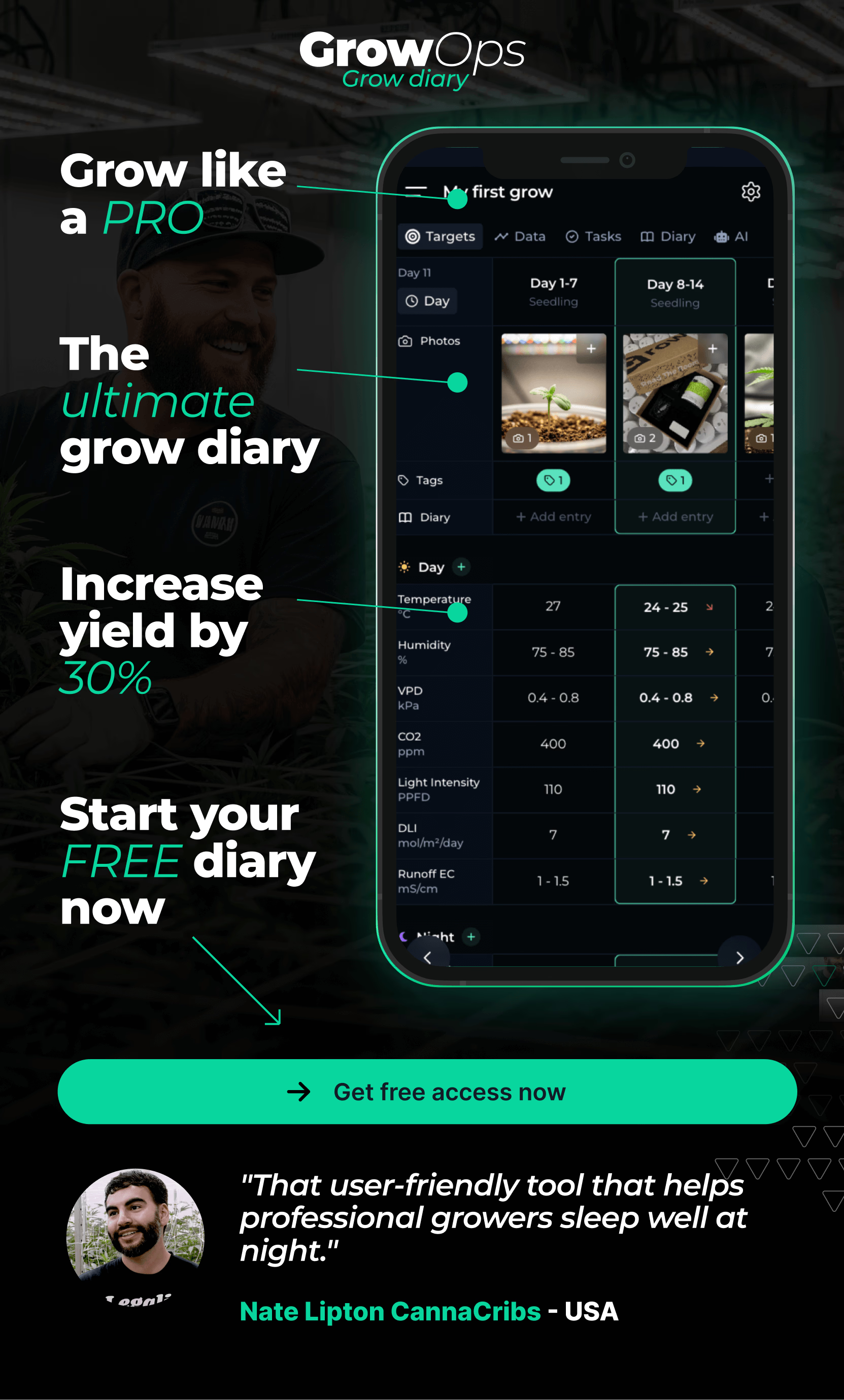




.avif)


